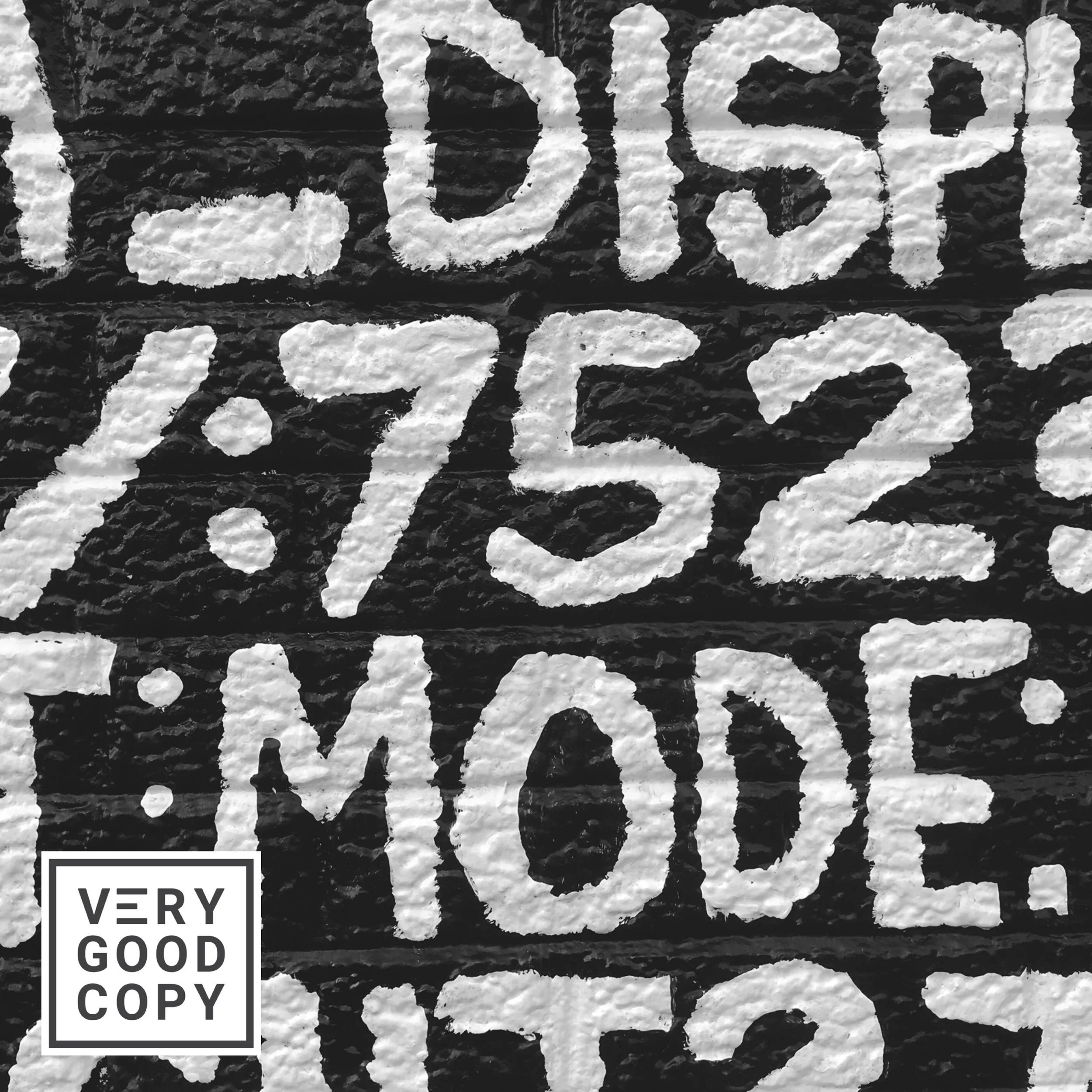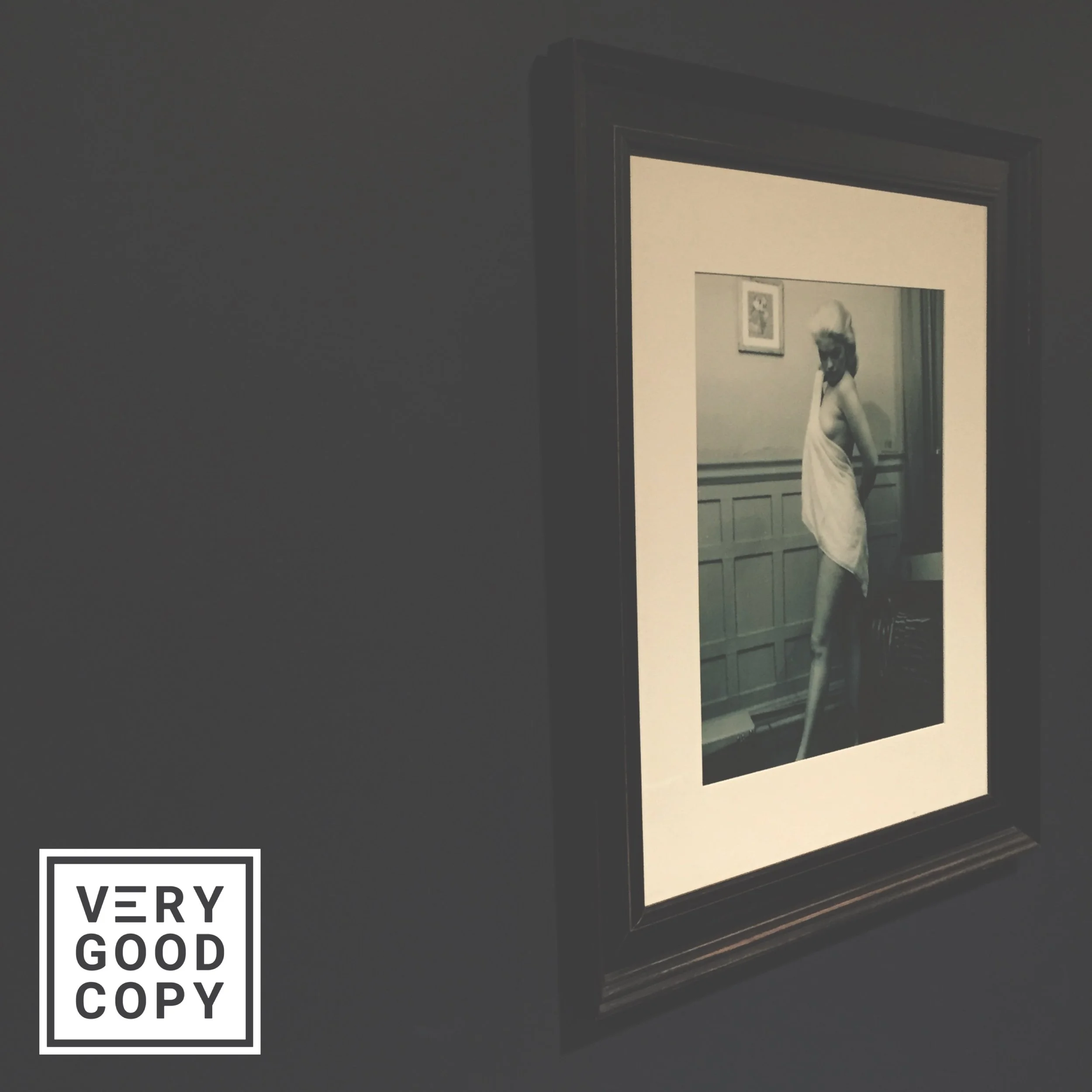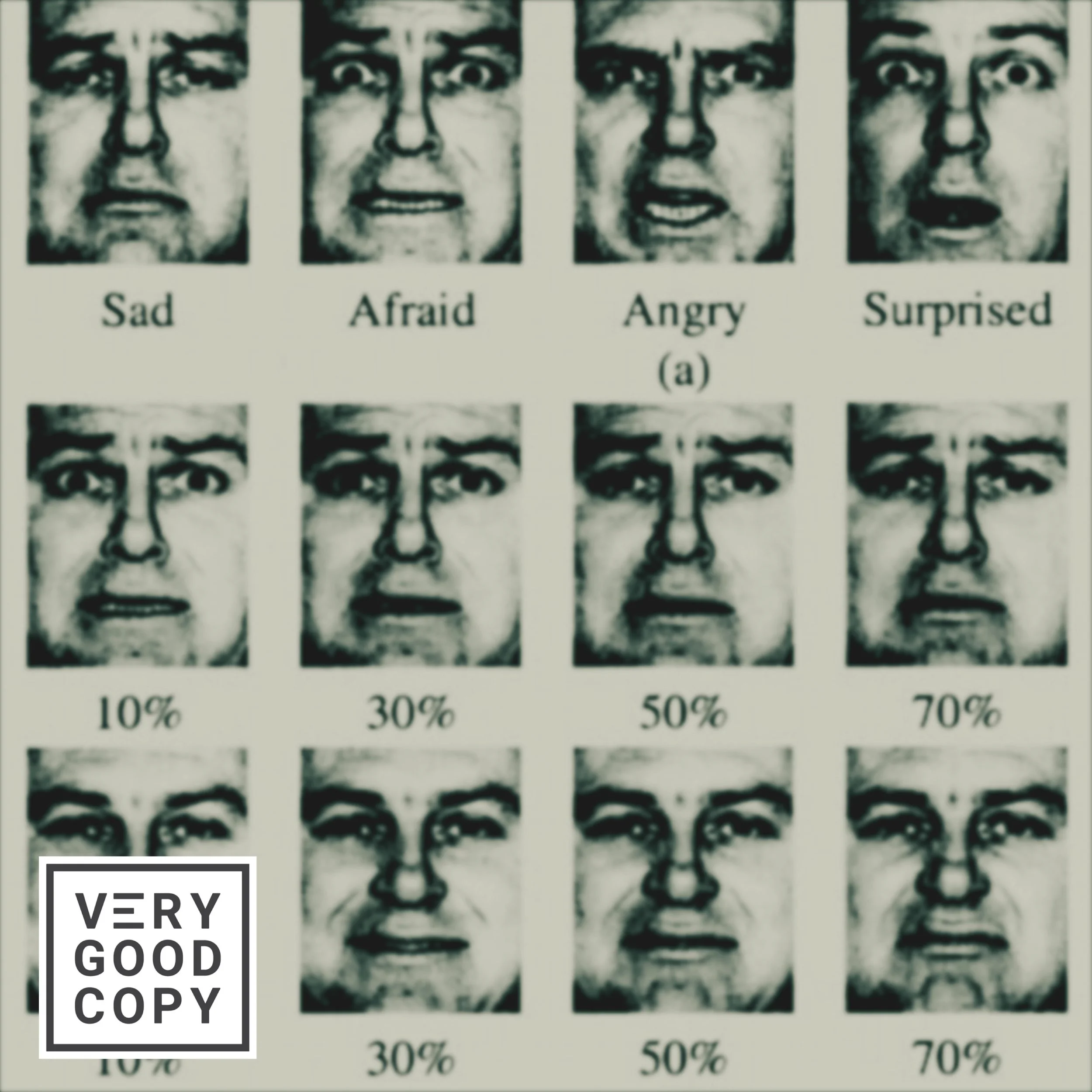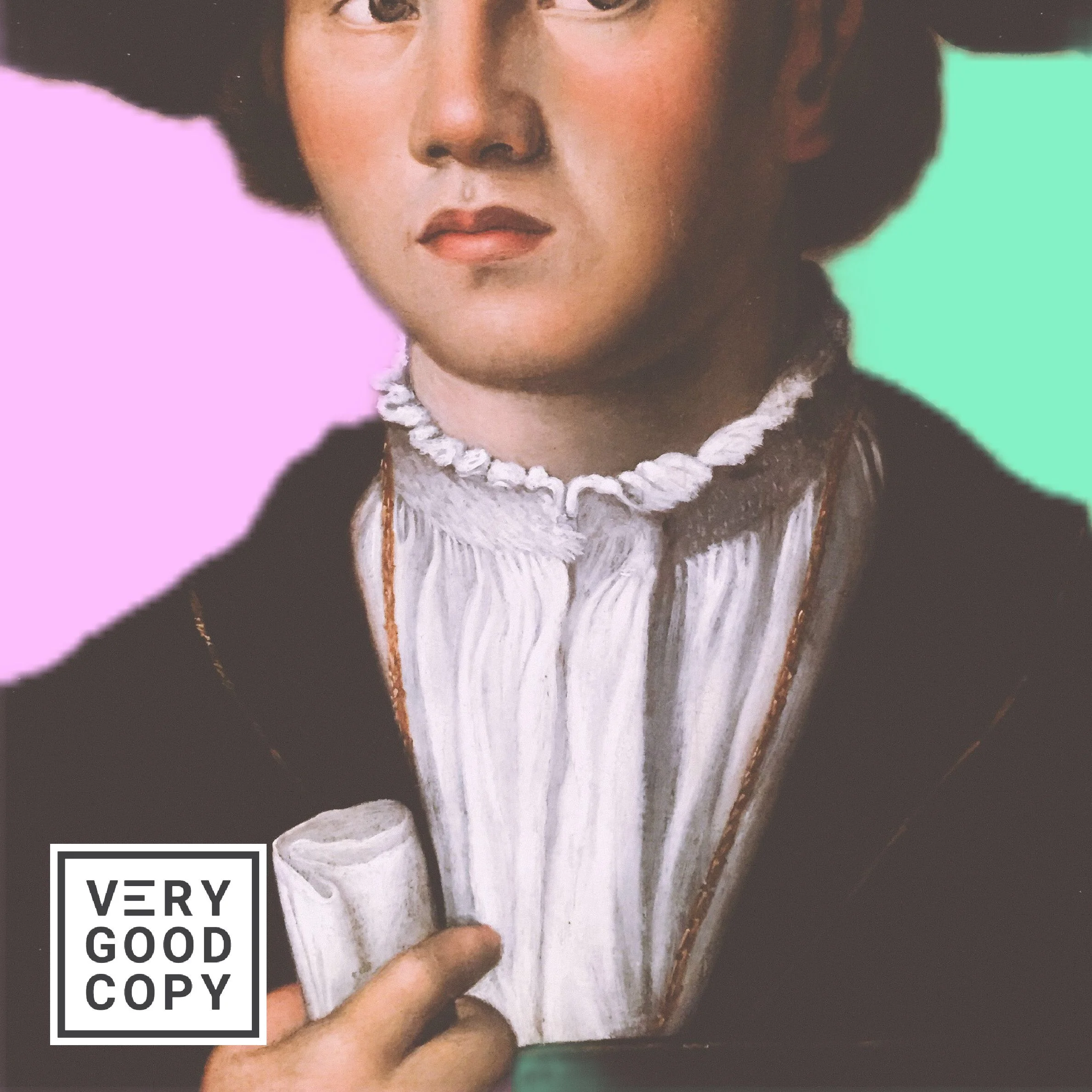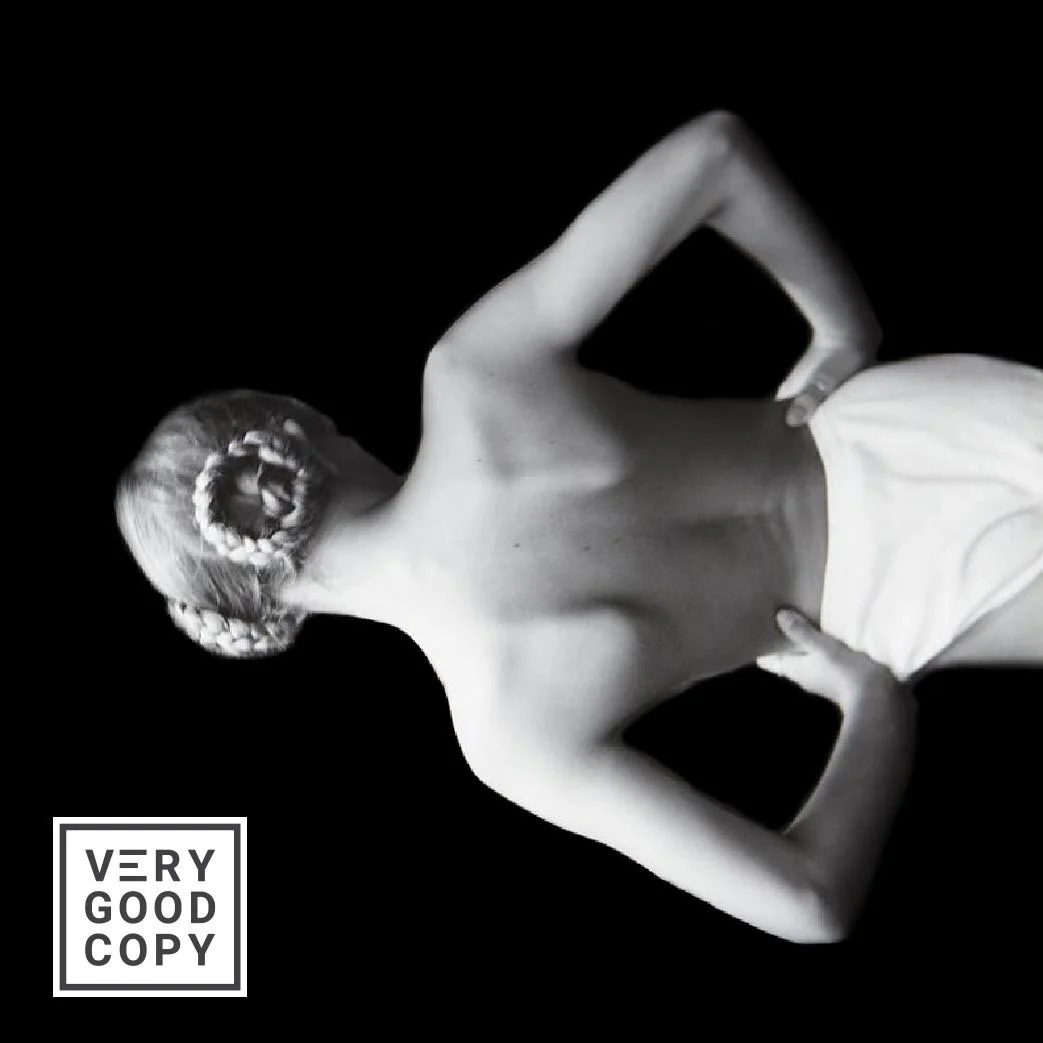
Imagine a well-dressed man sitting on the ledge of a tall building, smoking a cigarette.
On the roof behind him, there’s a small group of people standing in a tight circle. They're whispering about something…
“He needs to be careful sitting on there,” said a woman in the group. “He’ll fall off.”
“That’s it!” said a man in the group, wide-eyed. “He had too much to drink, then he came up here and had… an accident.”
Everyone in the group nods. Everyone is in agreement except for one man, a tall, soft-spoken 29-year-old named Chris. He’s shaking his head.
“Who’s going to do it?” asked another man. Everyone looks at Chris.
"Brown’s goal was to persuade a decent, innocent person to commit murder."
“I don’t even know what you're talking about!” said Chris, hands on his face. He’s in shock.
“We’re talking about him having an ac-ci-dent,” repeated the first man. “Just walk up to him, put your hand on his back, and give him one big push!”
The Push is a reality show about social compliance.
Darren Brown, a magician and British TV personality, created the show. He designed the experiment to test how far people can be pushed to assent and obey, to just comply.
Chris was one of his test subjects. Everyone else was an actor, including the man on the ledge.
Brown’s goal was to persuade a decent, innocent person to commit murder.
To achieve his goal, Brown hired over 50 actors, special effects artists, and stunt coordinators. He also rented a venue as the setting for his experiment, a fake fundraising event for a made-up charity.
Brown did many things to legitimize The Push — to make it feel real to the test subject — but there was one specific measure that sold Chris hook, line, and sinker: a psychological copywriting tactic that proved to Chris that he was, in fact, involved in a life-or-death situation.
What did Darren Brown do?
Brown asked his celebrity friends to record endorsements for the event.
“This charity literally helps transform the lives of people,” said Martin Freeman, who played Bilbo Baggins in The Hobbit.
Stephen Fry, Tom Daley, Alfie Boe, Robbie Williams, Matt Lucas, Denise Welch, David Tennant, and a handful of other actors also endorsed the fake event with their own video testimonials.
This authenticated The Push. It made the show come alive.
Proof sells.
Proof is the most powerful conversion tactic in a copywriter’s arsenal.
Because before people can take action, they must believe in what they’re buying. Whatever you’re selling — whether it’s a product, a service, or a sick prank — the pitch must be trusted.
And your copy (let's say you're writing a landing page) is more likely to win a prospect’s trust if it includes:
![Proof 2 [art].JPG](https://images.squarespace-cdn.com/content/v1/5615edeae4b0b9df5c3d6e90/1520289939425-49IL3N42HGI87VUKISJB/Proof+2+%5Bart%5D.JPG)
1. CASE STUDIES: Tell the prospect a story about a customer who has enjoyed fantastic results.
2. TESTIMONIALS: Show the prospect a written customer statement applauding the benefits of your product or service.
3. PRESS: Feature praise from a famous media outlet, one your prospect is sure to recognize and respect.
4. SOCIAL SHARES: Display how many other people have connected with your digital content, especially if it’s a piece that aligns with what you’re selling.
5. RESEARCH: Explain, clearly and concisely, any research that supports the effectiveness of your product or service.
“Just go up to him, put your hand on his back, and push!”
I won’t spoil it for you.
I won’t give you any more details about the setup.
I won't tell you whether Chris walks away a "murderer."
But I will say that The Push could never work unless it convinced Chris that his circumstances were real. Darren Brown understood this.
He also understood the selling power of proof — and that made all the difference.
LEARN TO PERSUADE
![VeryGoodCopy [Logo] DARK.png](https://images.squarespace-cdn.com/content/v1/5615edeae4b0b9df5c3d6e90/1521910184865-7BFSGWF74BIDPOWDHFP6/VeryGoodCopy+%5BLogo%5D+DARK.png)
WRITE BETTER.
MARKET BETTER.
SELL MORE.
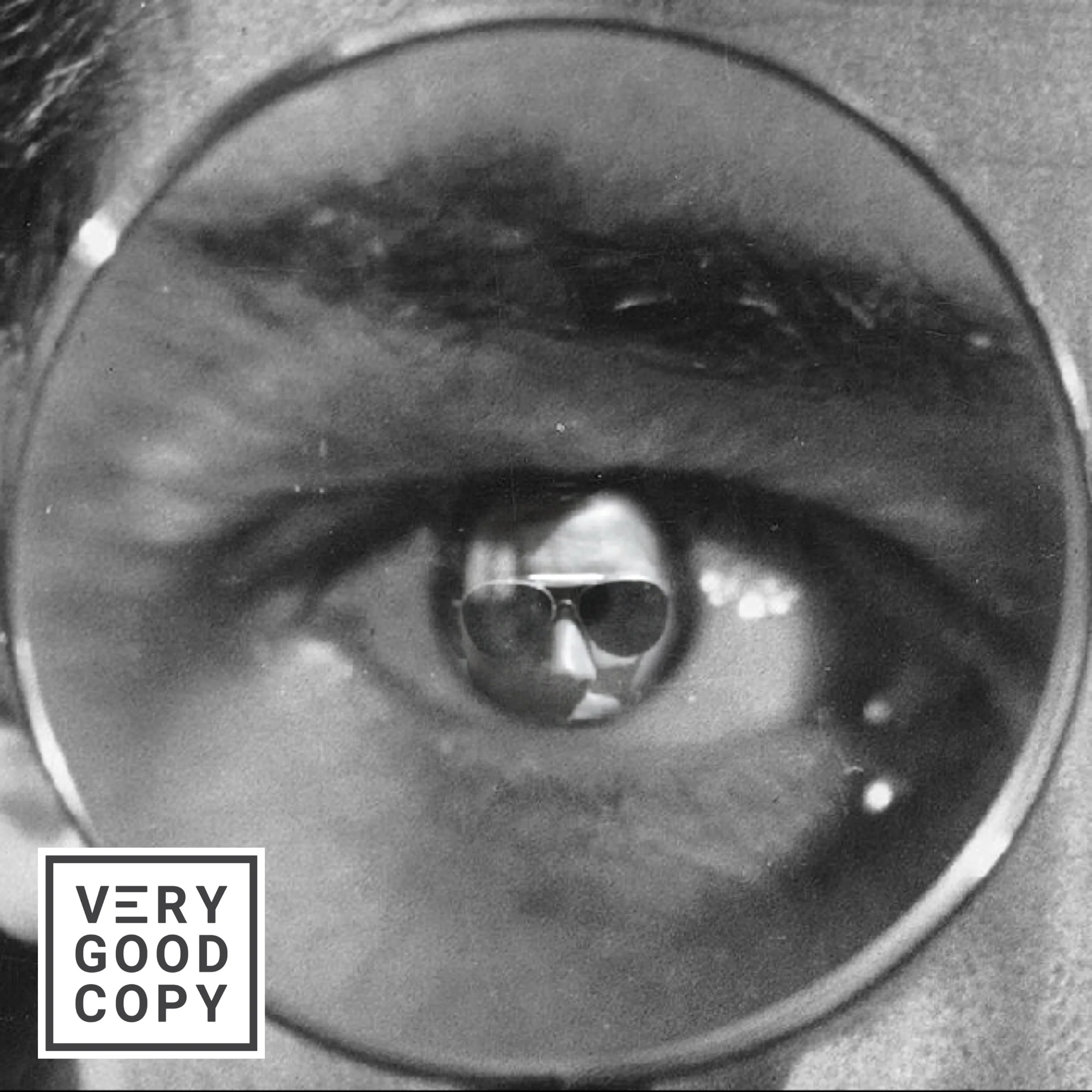


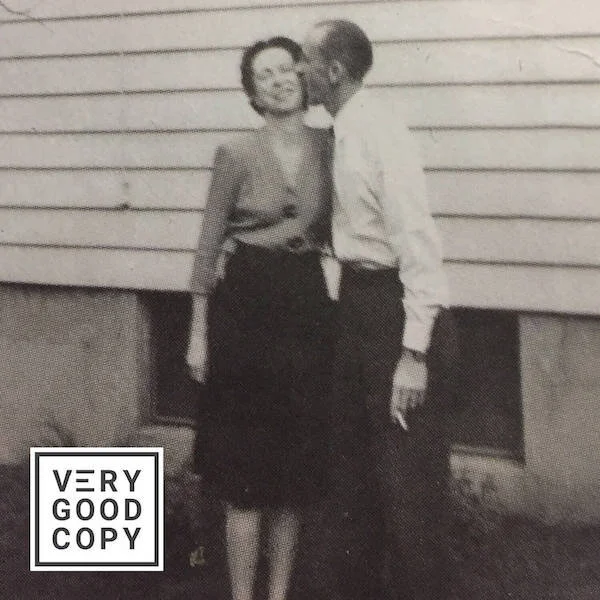
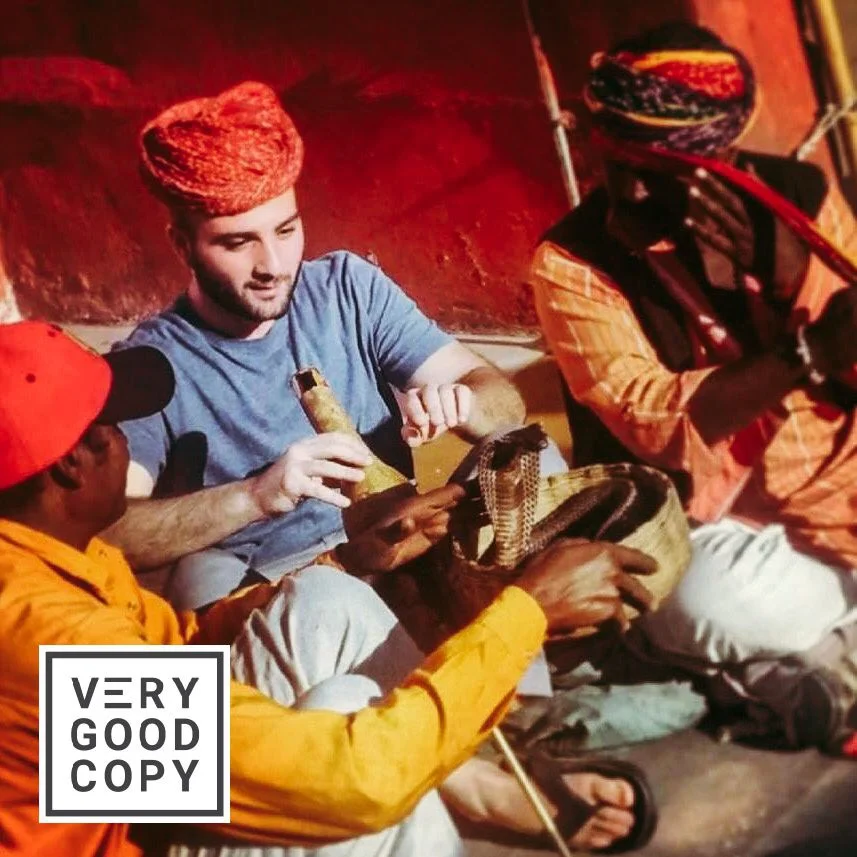


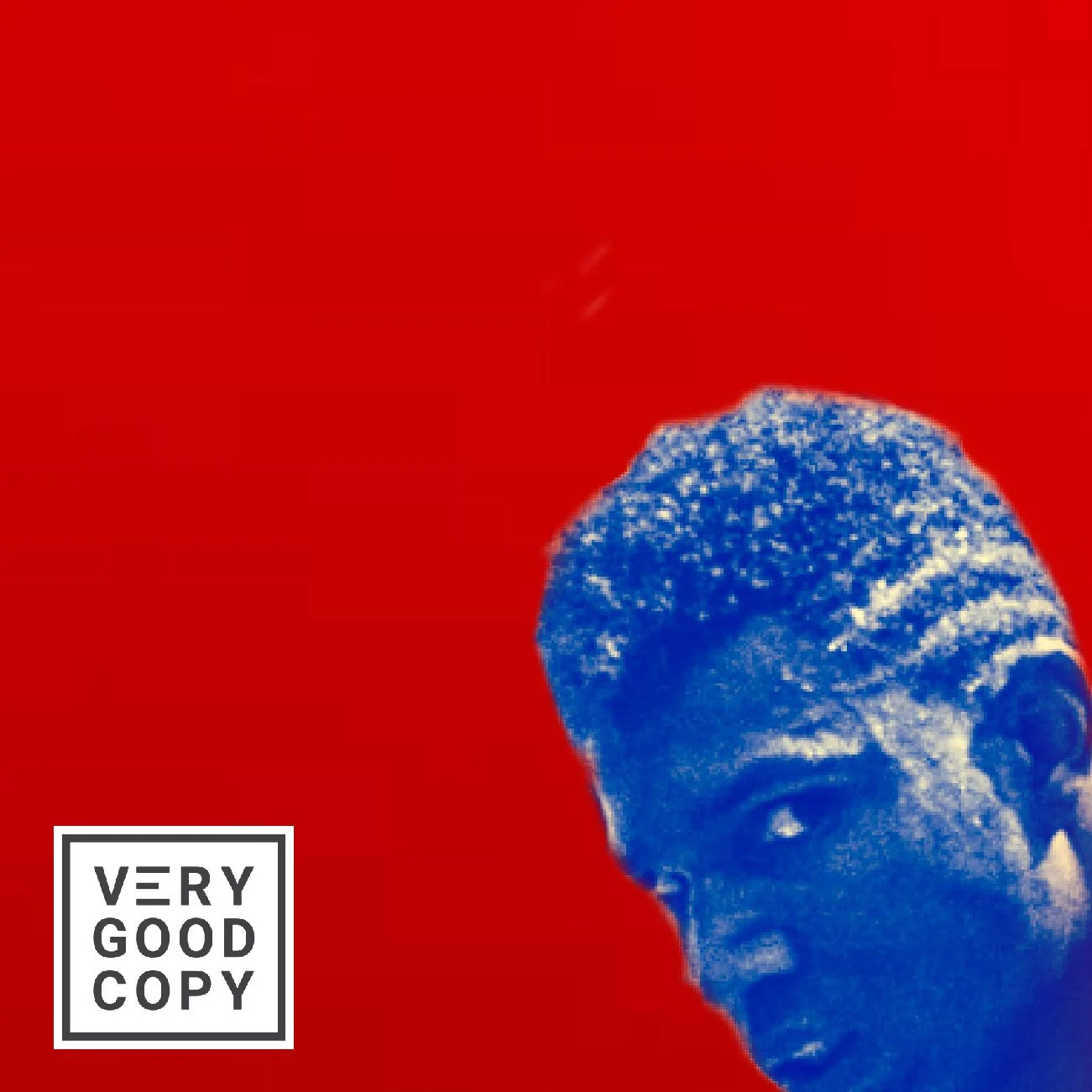


























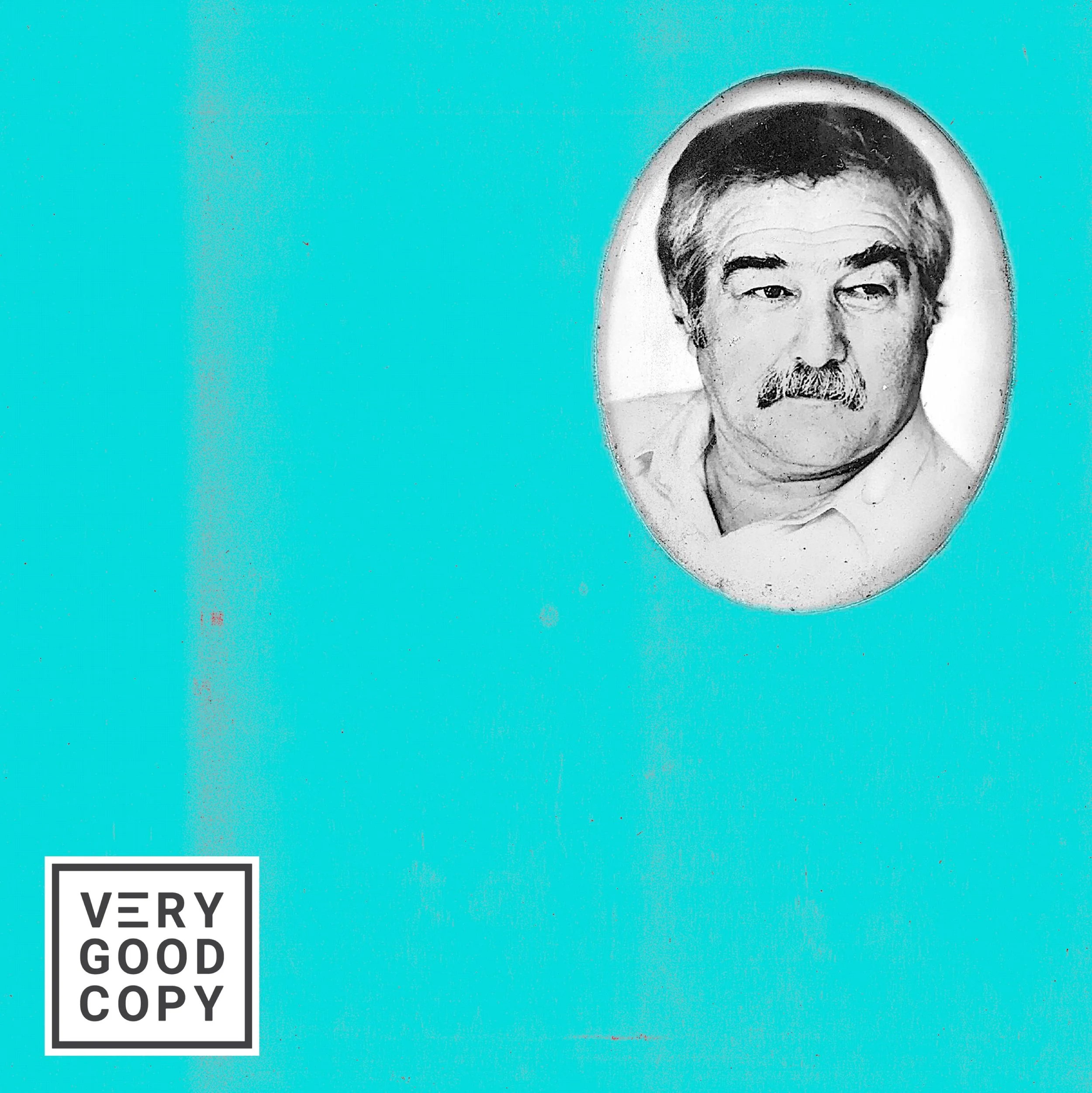





![How copywriters put prospects in the buying mood [quick trick]](https://images.squarespace-cdn.com/content/v1/5615edeae4b0b9df5c3d6e90/1533095575515-C2JPAZA3C46IBX00EMM8/Put+prospects+in+the+buying+mood+%5BVGC+art%5D.JPG)



